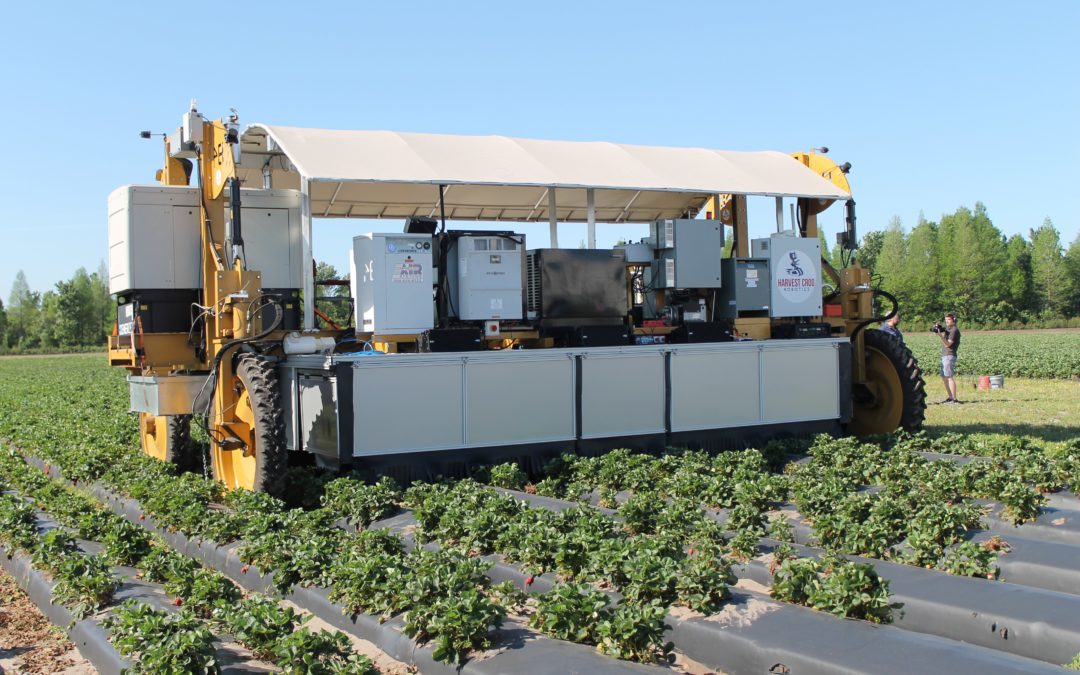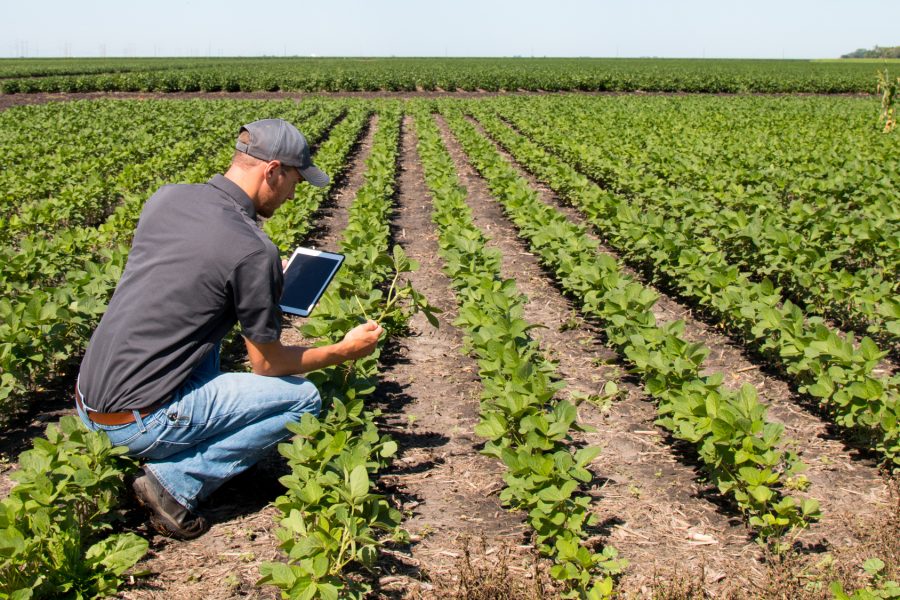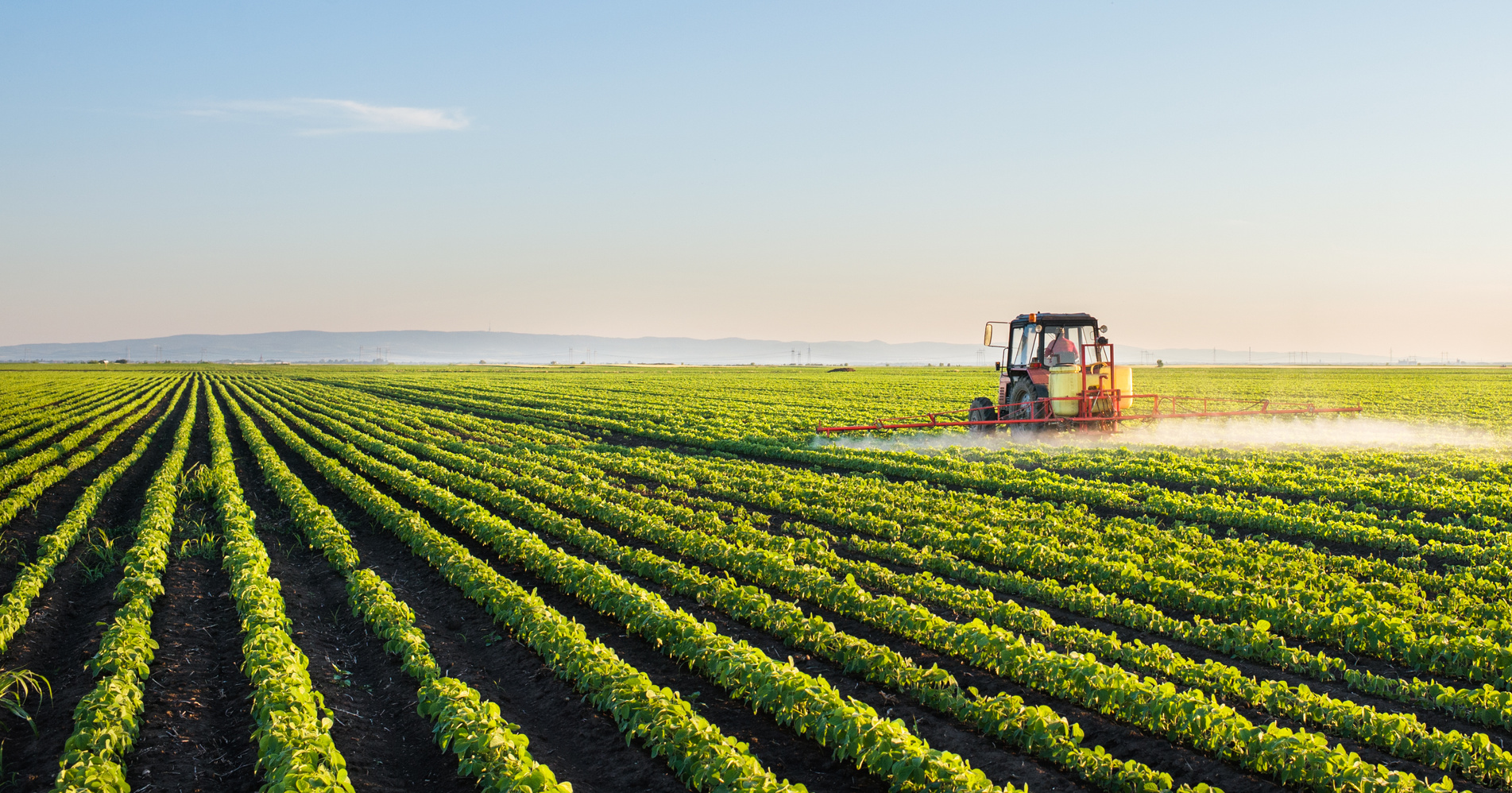First, let’s clear one thing up: the strawberry is not, in fact, a berry.
It’s what botanists call an “aggregate accessory fruit,” meaning that the flesh of the fruit is derived from the receptacle that holds the ovaries. And those seeds all over the outside? Those are actually the ovaries of the flower, each with a seed inside.
In truth, that’s far more than what most people know about strawberries.
They’re sweet, they’re plentiful, and they’re one of the most popular fruit products in the world, with 9.2 million metric tons produced worldwide in 2016. What else is there to know?
The strawberry as we know it today dates back to 18th century France, where the first garden strawberries were cultivated; hybrid varieties based on select wild strawberries. But the fruit’s popularity goes back much further. The ancient Romans were connoisseurs of the wild fruit, and French king Charles V, who lived in the 14th century, was known to have planted some 1,200 strawberry plants in his royal garden. All across Europe – from Italy, to Germany, to England and beyond – there are historical references to everyone’s favorite fruit: the strawberry.
Fast forward to 2019, and this popularity has turned into a technology challenge.
As farmers have sought ways to scale up their strawberry production to meet this never-ending demand, they’ve increasingly turned to hardware and robotic solutions to assist with the harvest. The promise: robots that can pick acres of strawberry plants, seamlessly and effortlessly, all while the farmer sits back and works on other things.
But the reality hasn’t worked out like that.
Despite their popularity, strawberries are what are known as a specialty crop. They’re delicate, easily damaged and have a lot of variability in their ripening. That means one row of berries might be ripe and ready for picking, but another row just a few yards away could be as much as a day behind. These are characteristics shared by melons, tree nuts, blueberries and other specialty crops.
As a result of these limitations, crops like strawberries have traditionally been harvested by hand. Cheap and available farm labor has made this possible.
But what happens when the stream of inexpensive laborers, often from Latin America, dries up, or moves on to other work? What happens when farmers can’t get enough workers to pick their berries at the right wage?
We’re finding out right now, as the availability of cheap labor to pick specialty crops has declined dramatically in recent years.
Between 2007 and 2016, the U.S. lost 1.5 million Mexican immigrants due to a combination of factors, including U.S. immigration policy, improved economic conditions in Mexico, and declining Mexican fertility rates. If left unaddressed, these forces could substantially increase the price of specialty crops and put many growers out of business. Already, of the $3.3 billion in revenue generated annually by the U.S. strawberry industry, 30-40% is spent on human labor costs.
Automation for specialty crops
Farmers need robotic alternatives more than ever, but so far those tools have not lived up to the promise of full field automation.
That’s where agtech startup Harvest CROO comes in.
The company is developing automated harvesting services that mimic human pickers, without requiring farmers to change how the farmer grows their crops. The idea is to build upon current farming practices, disrupting the harvest service without disrupting the strawberry farming market.
The Harvest CROO Berry Harvester combines patented robotics and computer vision systems that enable the robot to pull back strawberry leaves, identify ripe berries with 97% accuracy, and then pick and store berries without damaging them. How accurate is that? There really are no studies that estimate human accuracy in strawberry picking, though human pickers are unlikely to exceed 97% when it comes to spot identifying ripeness.
That’s not all. Today, human labor picks in-soil strawberries at approximately 70% total efficiency, and Harvest CROO’s system can match that (though efficiency improvements are in the works for future iterations of the platform). Plus, since the harvester can pick more hours per day than humans (20 hours vs. 8-12 hours), the harvester does not need to be as fast per hour as human labor.
Picking berries at night is also better for the plants themselves, helping reduce damage to berries and improve shelf life due to lower temperatures during harvest.
The Harvest CROO system can pick a single strawberry plant in 8 seconds, move on to the next plant in 1.5 seconds, pick 8 acres with a single harvester in a day, and replace the work of 30 human pickers. By operating on a 20-hour picking cycle, the system can pick a 25-acre field in 3 days, reduce the current need for human field crews by greater than 90%, and ultimately automate the labor process from picking to packing for strawberry and specialty crops.
Although Harvest CROO’s technology is applicable to many different crops, it is first focusing on the $3.3 billion U.S. strawberry industry, with plans to later expand into the $19 billion specialty fruits and vegetables markets.
It’s about more than just labor, too. Although Harvest CROO’s solution is focused primarily on automation at the moment, its ability to offset harvesting labor enables other available labor to be focused on issues such as plant health and crop maintenance, which can have positive effects on crop yields.





